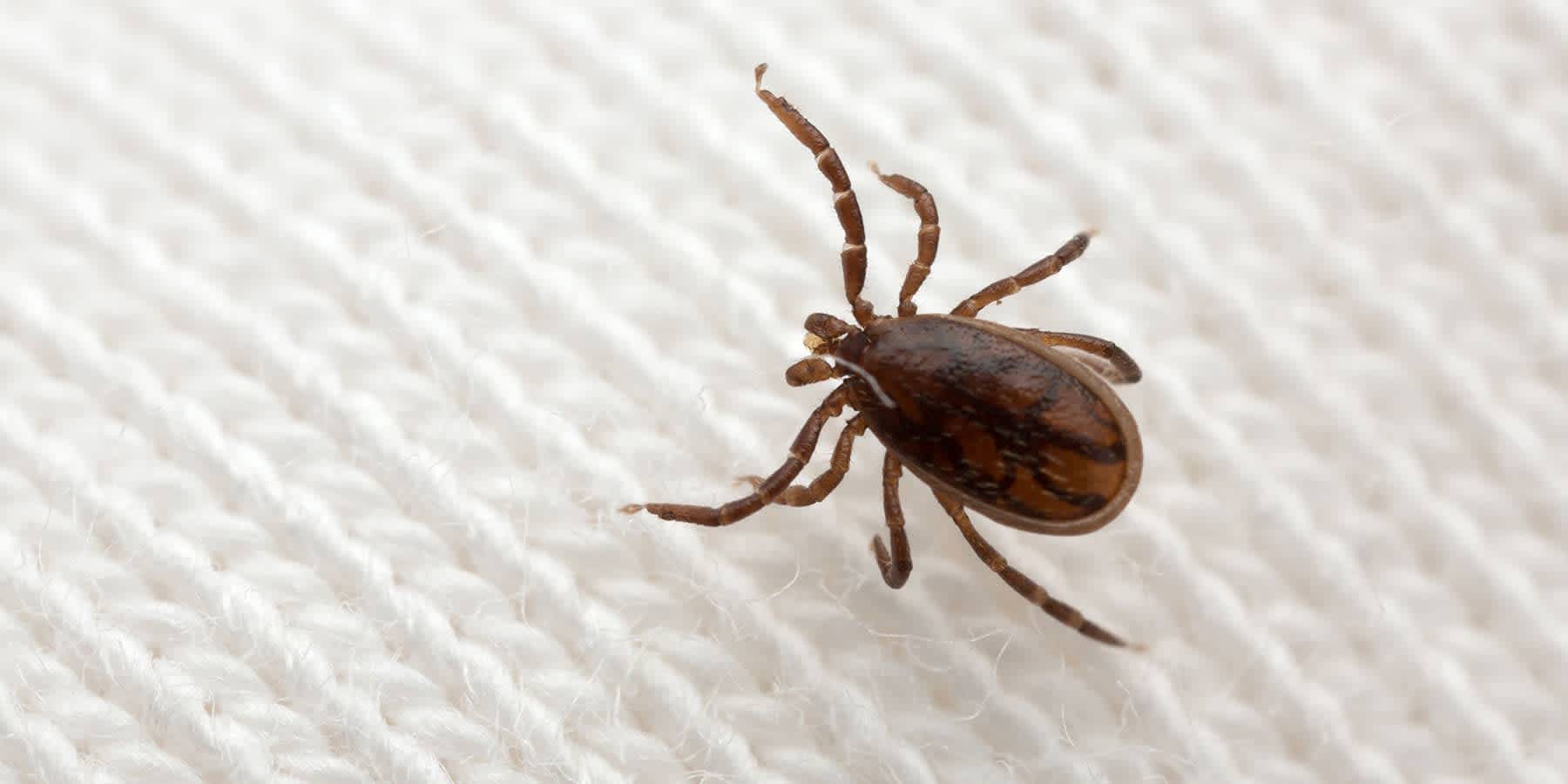
Lyme disease vs. ringworm: how to tell the difference
Medically reviewed on February 4, 2022 by Jordan Stachel and Jasmine Thompson. To give you technically accurate, evidence-based information, content published on the Everlywell blog is reviewed by credentialed professionals with expertise in medical and bioscience fields.
Both Lyme disease and ringworm create characteristic, circular rashes. To the uninformed, the two can be difficult to discern, but they are extremely different in their modes of transmission, symptoms, and treatment. Learn how to tell the difference between Lyme disease and ringworm below (check for Lyme disease from the comfort of home with the Everlywell Lyme Disease Test).
What Is Lyme Disease?
Lyme disease is the most common tick-borne disease in the country. While it is transmitted through the saliva of the common deer tick, also known as a black-legged tick, Lyme disease is a result of a bacterial infection. In America, the two bacteria that cause Lyme disease are Borrelia burgdorferi and Borrelia mayonii [1].
The exact symptoms of Lyme disease will vary from case to case, but they typically appear in stages. In its earliest stages, Lyme disease can cause a rash that appears red in the center and around the border, creating a distinct bull’s eye pattern. This rash won’t be itchy or painful, but it can feel warm. The rash can also be accompanied by general symptoms of infection, including:
- Fever and chills
- Physical fatigue
- Headaches and body aches
- Swollen lymph nodes [1]
These symptoms will usually appear within 3 to 30 days after being bitten by a tick, and they can fade on their own without treatment after a few weeks [1].
However, the infection can persist in the system without treatment. As the infection progresses, the rash may reappear. The infection may spread to the joints, resulting in swelling and pain in the joints, particularly in the knees. In rare, more severe cases, this can eventually lead to neurological problems that can show up even years after the initial transmission. These can include:
- Inflammation in membranes surrounding the brain (meningitis)
- Bell’s palsy (temporary paralysis in one side of the face)
- Impaired motor control
- Numb, weak limbs [1]
What Is Ringworm?
Despite the name, ringworm is not actually caused by a worm. It is a fungal infection related to athlete’s foot. The name mainly comes from a scaly, ring-shaped rash characteristic of the infection. Unlike Lyme disease, this rash is often itchy, and there may be more than one rash at a time. The area inside the ring can present with scattered bumps and blemishes [2].
Lyme Disease vs. Ringworm
The main feature that the two infections have in common is a rash that appears as a circle or ring. Otherwise, the two conditions are different in every way. With ringworm, the rash is the only real symptom. Lyme disease can come with a wide range of other symptoms that can affect other organs and systems throughout the body.
Lyme disease is transmitted via an infected deer tick. Ringworm can be spread through contact with an infected animal, object, or person.
Lyme disease is a bacterial infection, while ringworm is a fungal infection. That taxonomy is important when it comes to treatment. Lyme disease requires antibiotics, while ringworm can be easily treated with antifungal medication.
Most prominently, ringworm isn’t life-threatening. The rash can be deeply uncomfortable but not deadly. Lyme disease is treatable if detected early on, but in rarer, more severe cases, it can contribute to severe neurological issues, and it can be potentially fatal when left untreated.
Lyme disease and ringworm may seem similar at first glance, but they are highly different conditions. If you think you might have Lyme disease, you can test for Lyme disease in the comfort of your home. Consider using an at-home Lyme disease test with Everlywell.
Related content
What happens if Lyme disease goes untreated?
References
1. Ringworm (body) - symptoms and causes. Mayo Clinic. URL. Accessed February 4, 2022.
2. Lyme disease - symptoms and causes. Mayo Clinic. URL. Accessed February 4, 2022.
